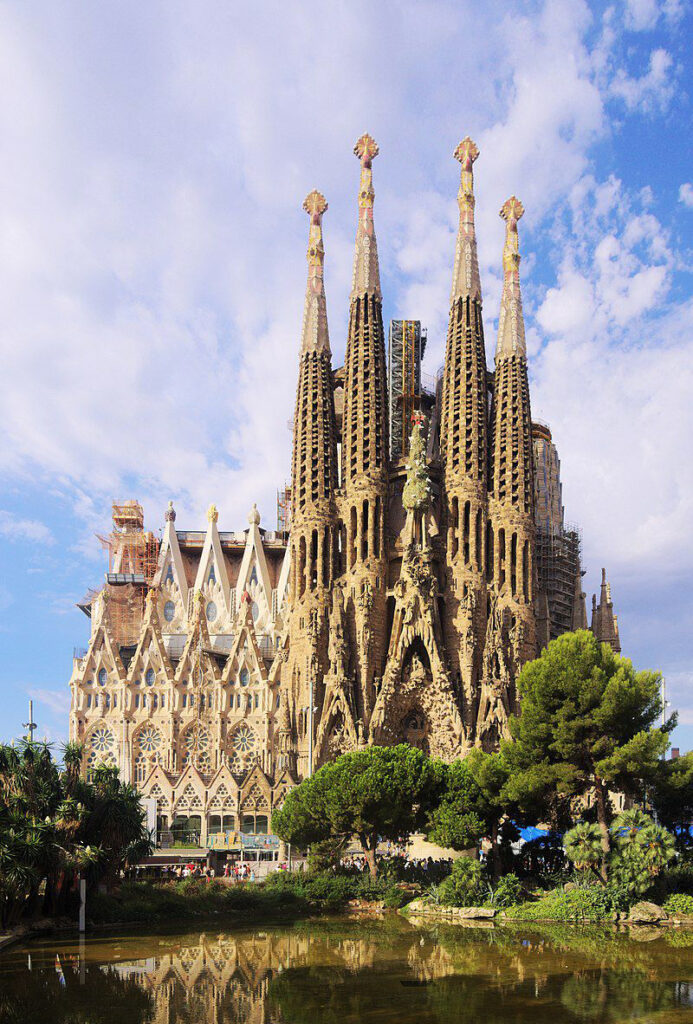Basilica de la Sagrada Familia in Barcelona
If there’s a church that has really caught my fancy, it’s the La Basilica de la Sagrada Familia (The Basilica of the Holy Family) in Barcelona. Designed by the Catalan genius architect Antoni Gaudi, it is a tour de force of a masterpiece whose construction has been ongoing for 139 years since the first cornerstone was laid in 1882. Two world wars, a civil war, and countless other momentous events in Spain have passed, and yet, the unfinished work continues.

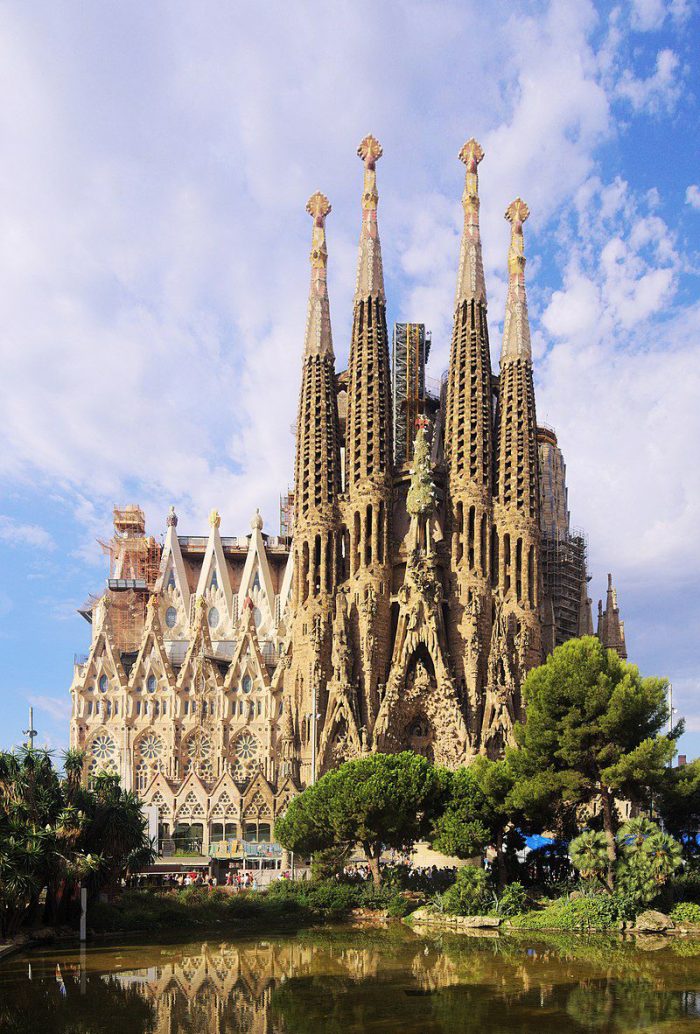
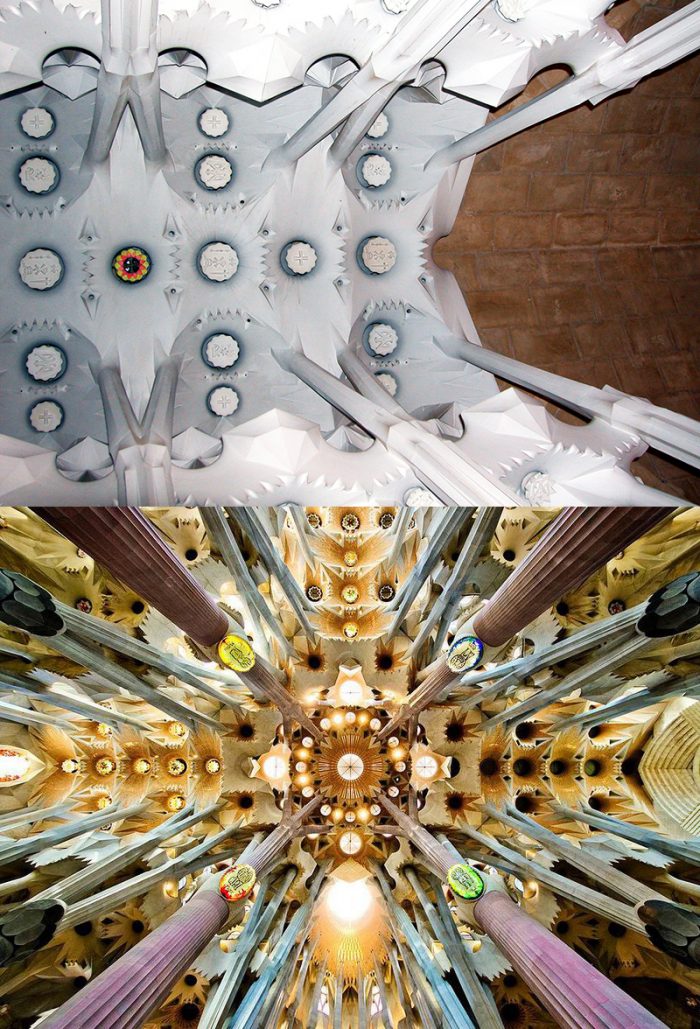
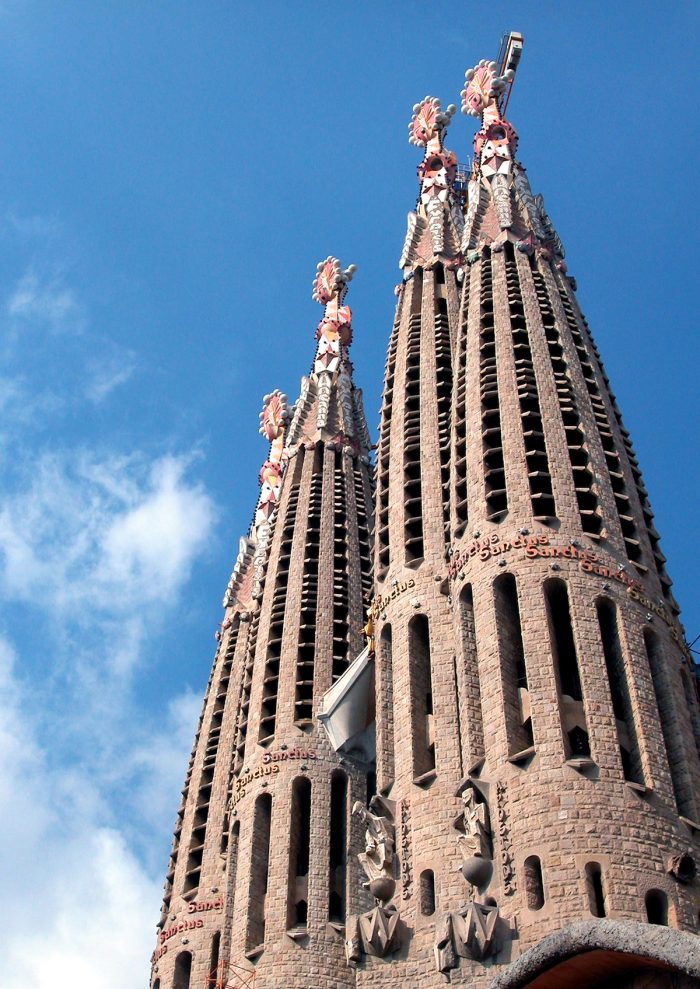
It is unlike any other building in the world. The design itself is pretty mind-boggling, and most of the details only existed in Gaudi’s mind while he tried to mimic the beauty of nature thru innovative construction techniques that were way ahead of his time. Both the exterior facade as well as the interiors are full of symbolism. The towering structure has 18 spires with the tallest standing at 173 meters, representing the 12 Apostles, four evangelists, the Virgin Mary, and Jesus Christ.
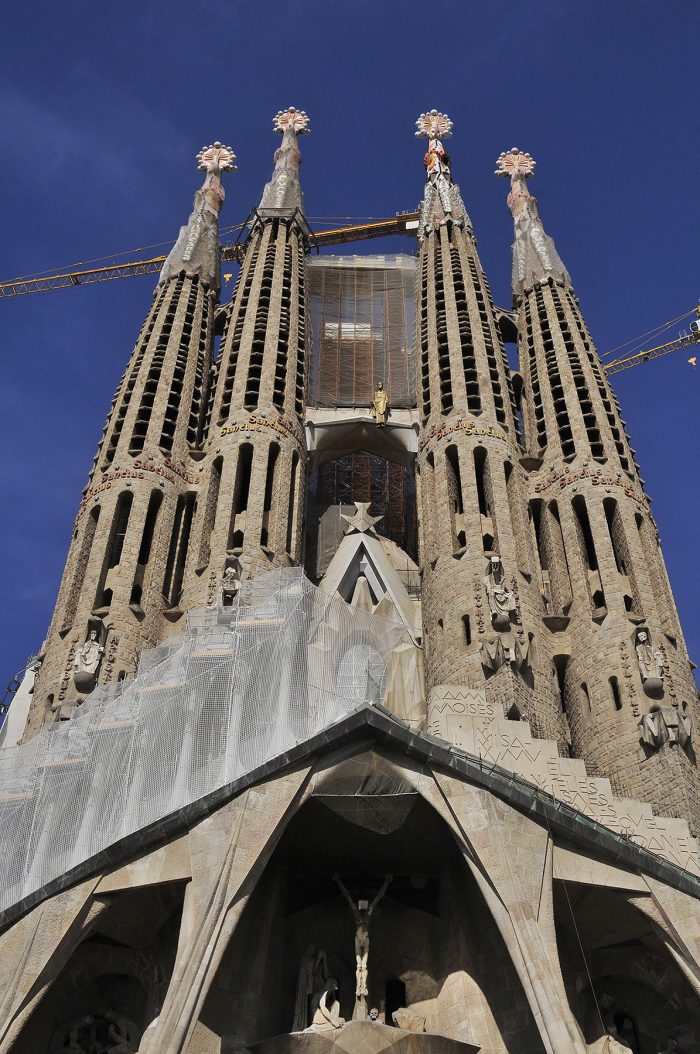
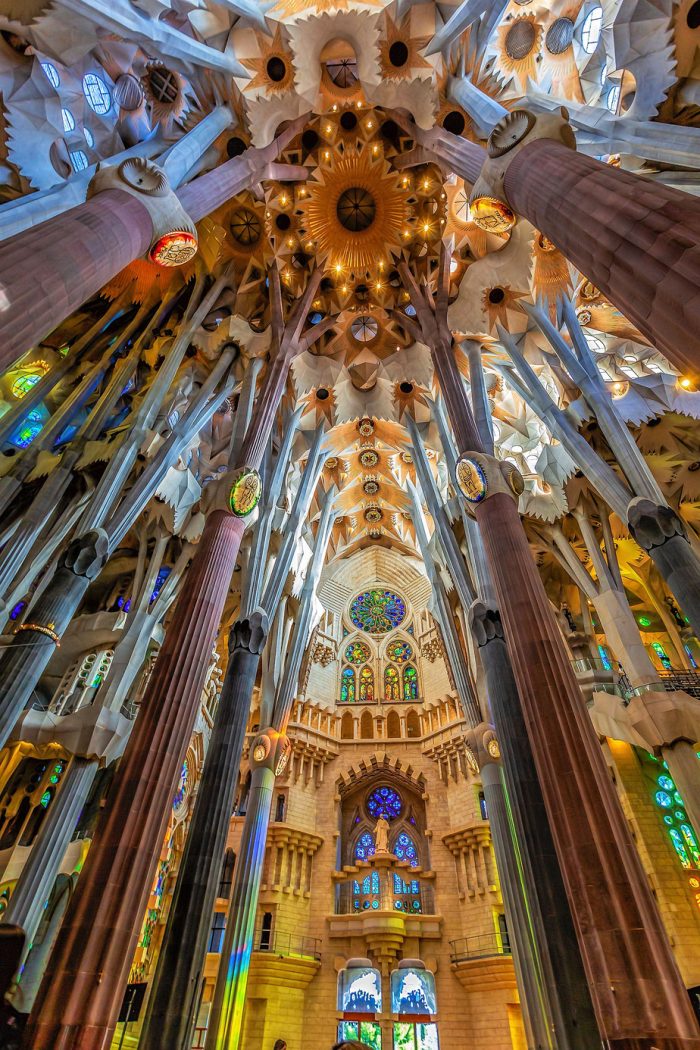
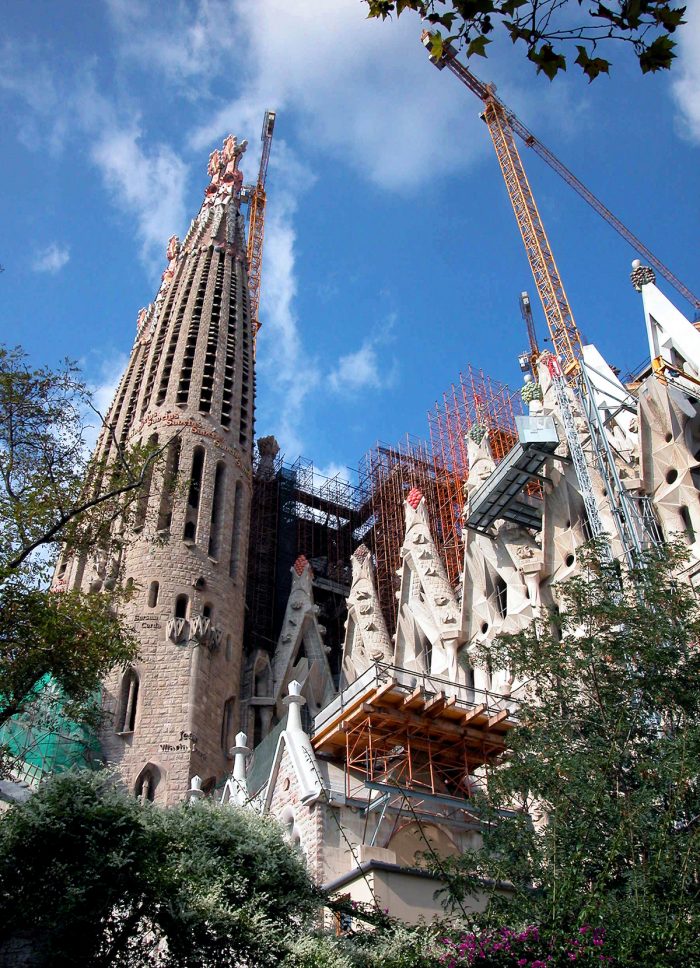
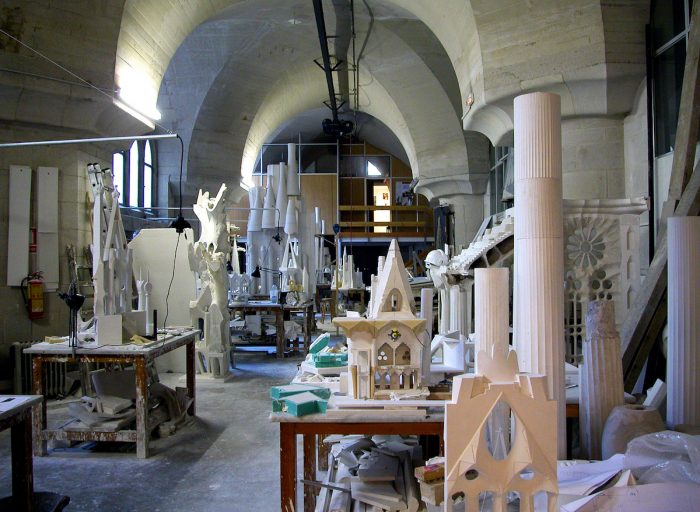
From afar, the Nativity Nativity facade looks like a dripping sandcastle until you realize that the sculpted figures represent biblical scenes – the birth and childhood of Christ, the conception of the Virgin Mary, Jesus preaching, and much much more. It’s like the stories in the bible sculpted in stone. One can spend a long time deciphering the figures on it until you get a stiff neck!
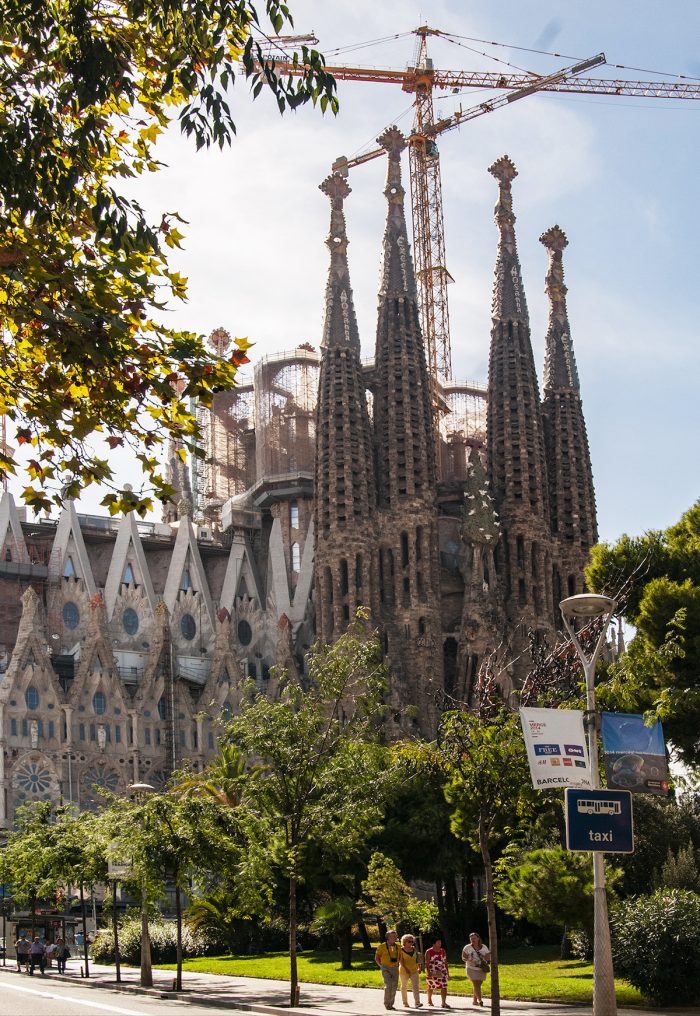
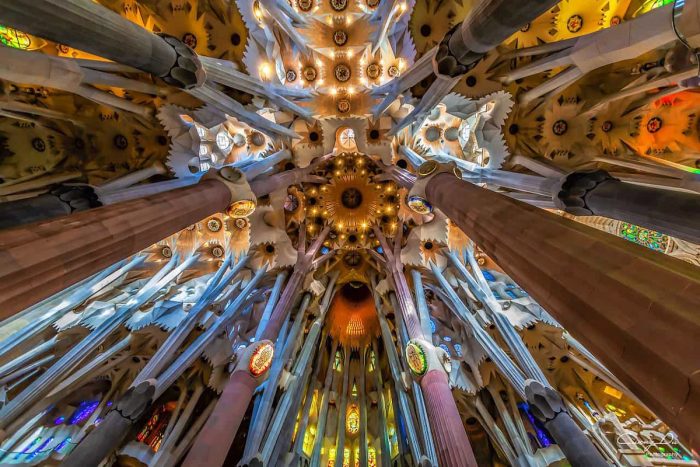
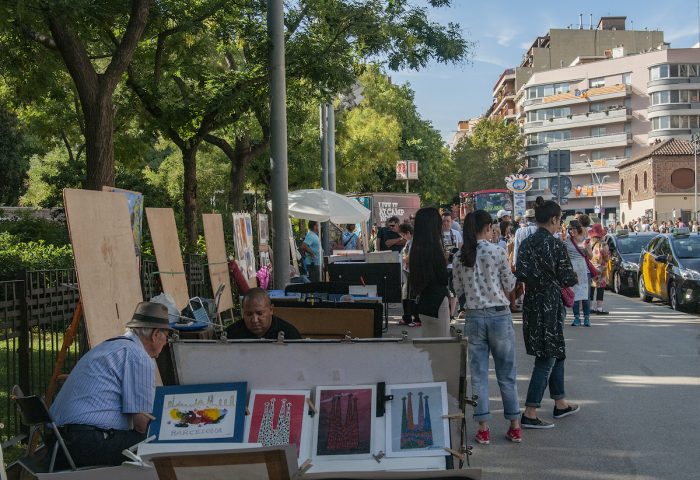
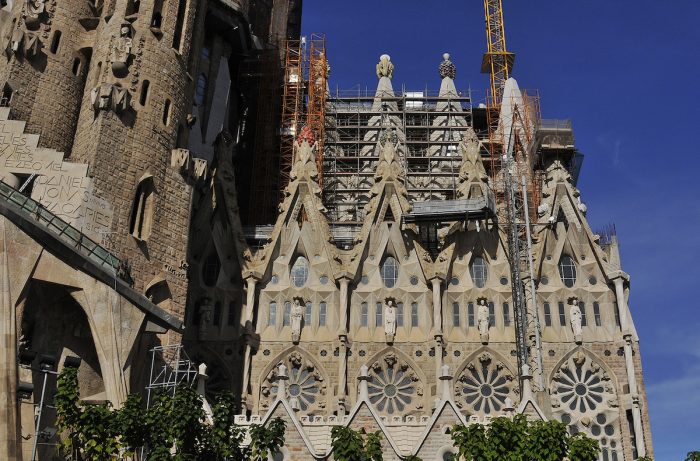
Inside, it seems that you have entered a forest. Numerous massive pillars greet you as they ascend upward to the ceiling branching out near the top to form an ornate canopy. It was meant to evoke a naturalistic forest cover – Gaudi, being a devout man of faith, believed that the deepest way to commune with God was to abide in nature which was, after all, His initial creation.
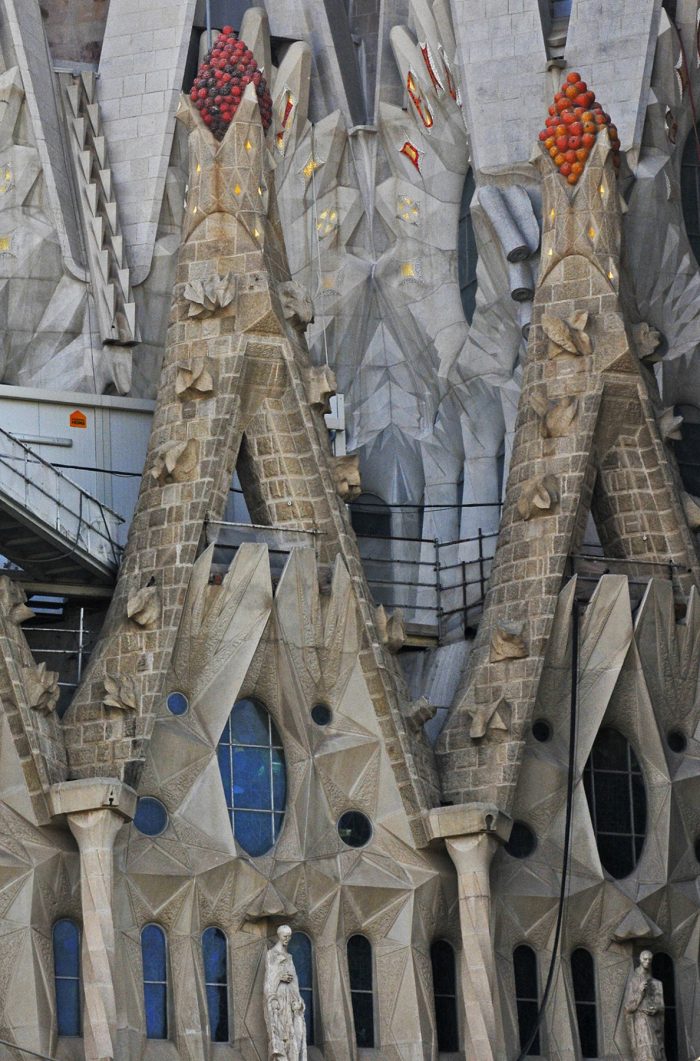
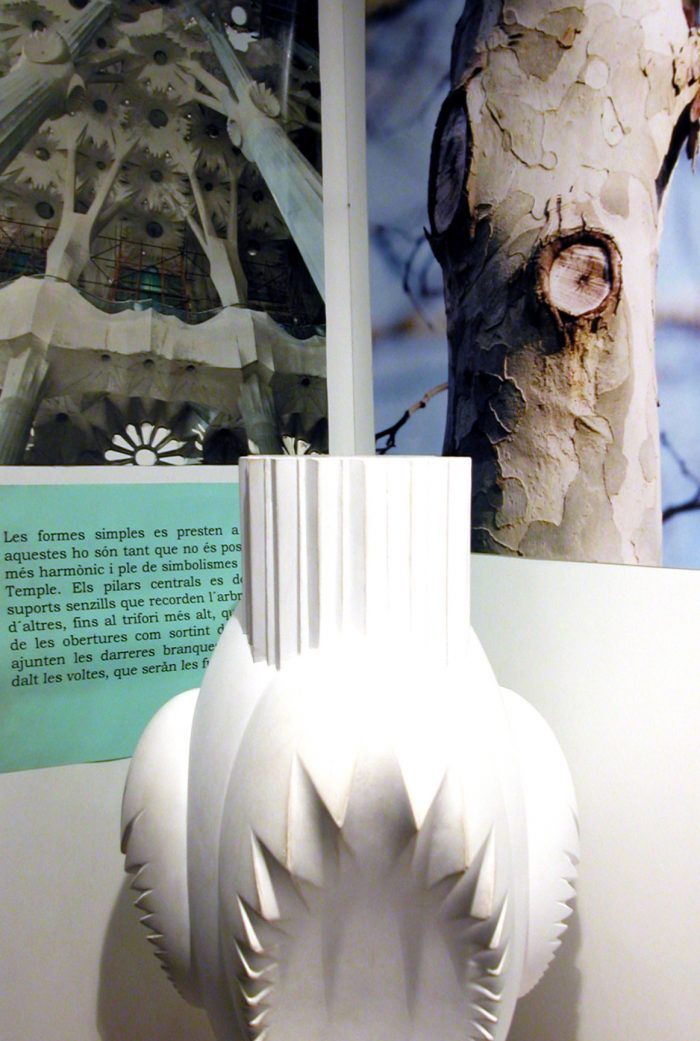
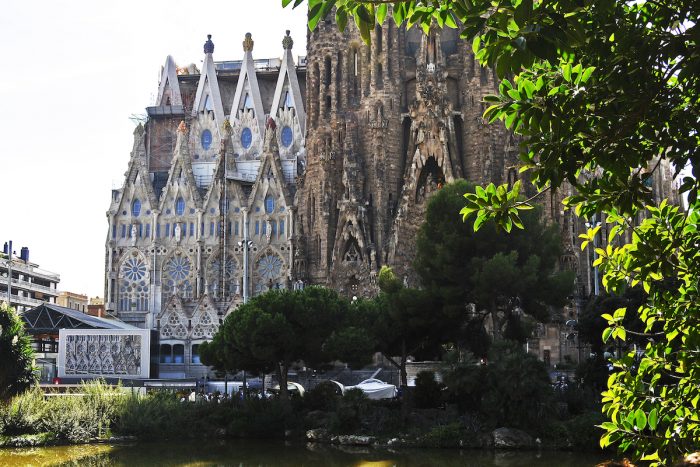
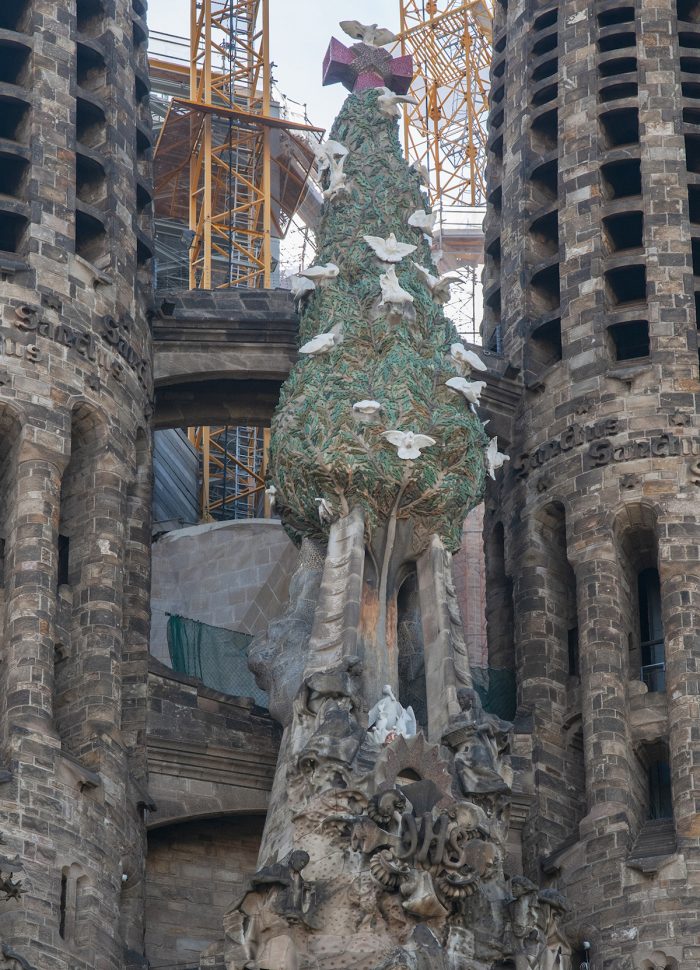
People can enter the cathedral even under construction, but you have to book your tickets (20 Euros) well in advance because queues are quite long and they sell out pretty quickly. There are many nooks and crannies to explore, including climbing the towers with a great view of the city, making it well worth the cost. Since the expense of building the Basilica relies on public donations, it is one of the reasons why construction has taken a long time. I wonder if my $100 donation helped speed it up by perhaps an hour? Unlikely.
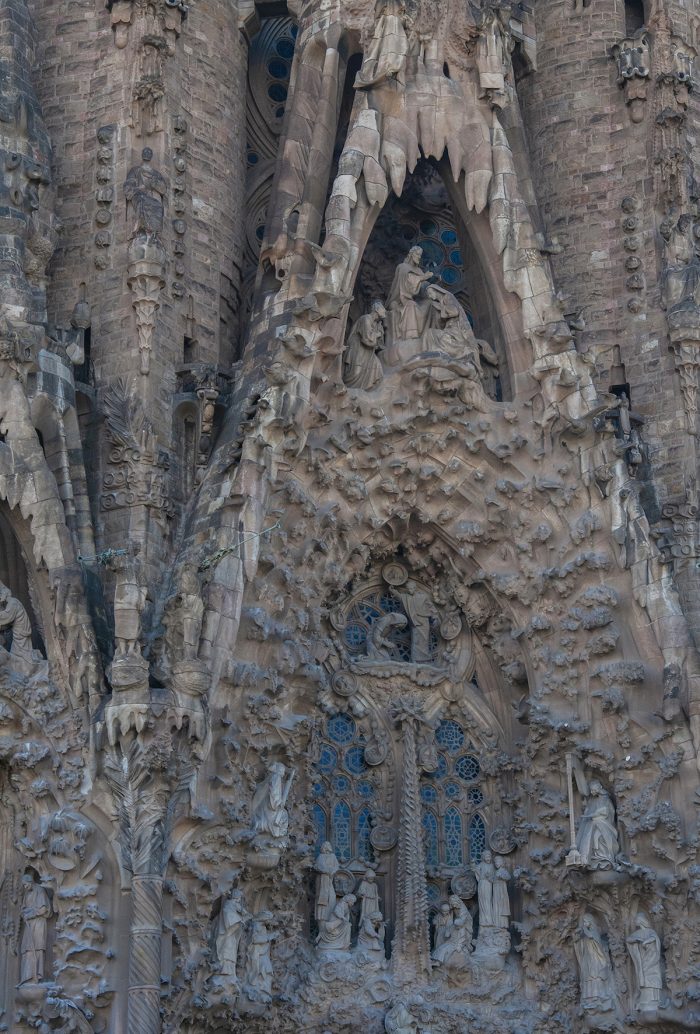
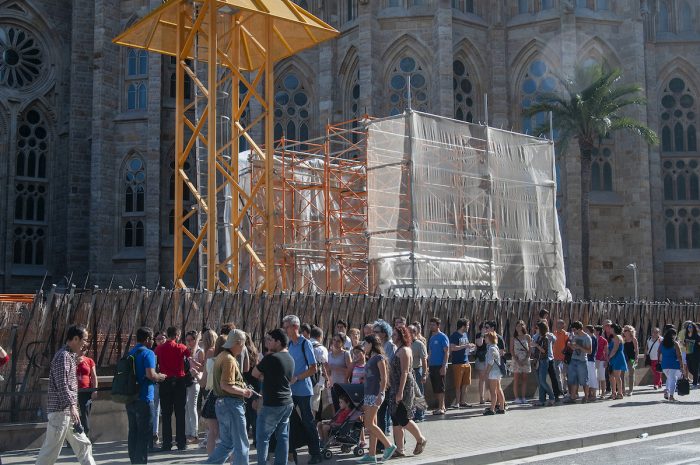
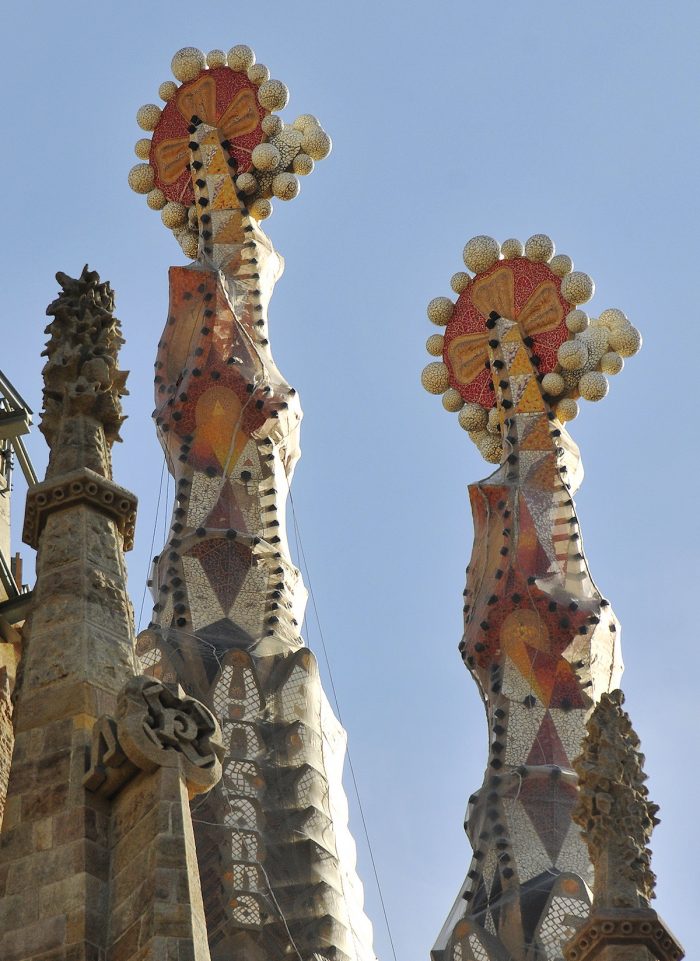
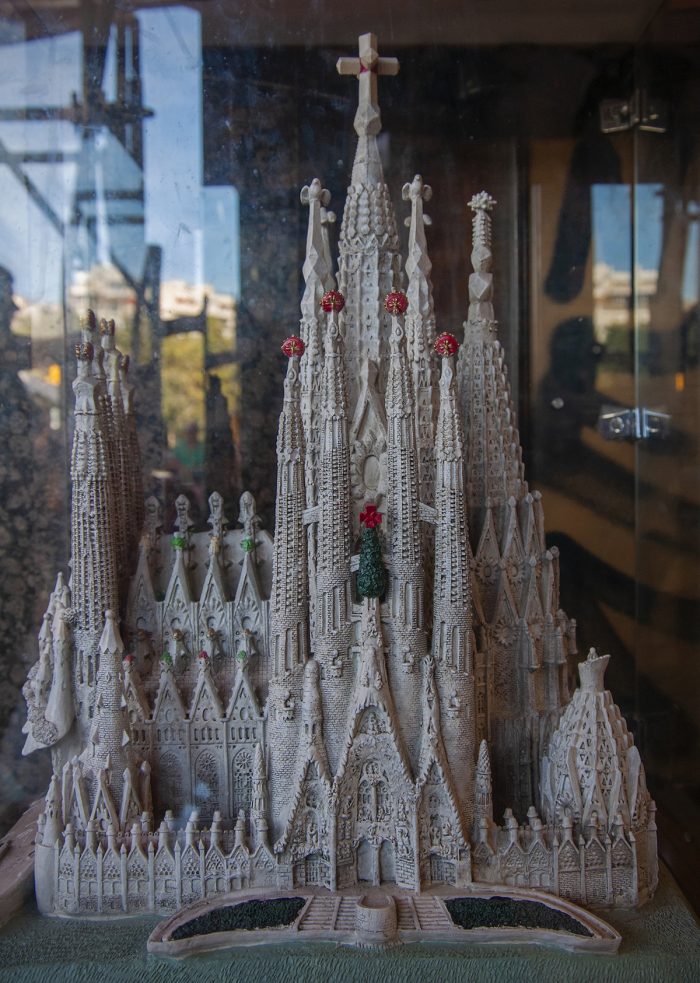
They say that the Cathedral will finally be finished and open to the world by 2026, the 100th death anniversary of Gaudi (he was hit by a tram). When that time comes, I wish to make a final pilgrimage once more after my visits in 2005 and 2014. Perhaps I’ll have better pictures to mark the momentous occasion.
Want more updates about other interesting cultural, heritage, and religious destinations in Europe? Follow #TeamOutofTown, on Facebook, Twitter, Instagram, Bloglovin, and Pinterest for more travel ideas.
Also read:
About the Author
Al P. Manlangit is a Filipino architect based in Kuwait who loves to travel and take photos everytime he gets the chance to do so. The genres that he explores are landscape, architecture, and street photography which come in handy wherever he goes. He blogs at designerq8.com, focusing on interesting places he visited with short stories to tell behind each frame.

